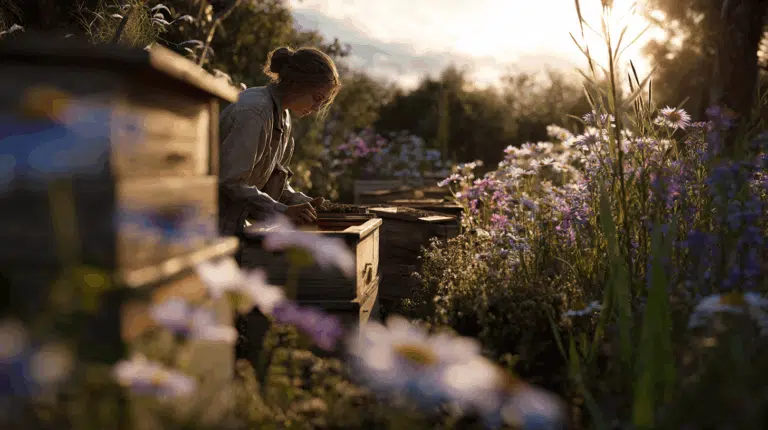Developed in Japan by breeder Aya Engei. It's ideal as a cut flower and is particularly suited to cold cultivation, requiring no additional heating costs.
The Butterfly Ranunculus is a graceful flower known for its lush, velvety petals and delicate, almost papery appearance. The slightly curled petals and soft colors often resemble a butterfly alight on the blossom. It comes in various shades, including white, soft pink, yellow, and peach, and is often used in bouquets and flower arrangements for its elegant and romantic appearance. The sturdy stems allow the flowers to hold up well in vase arrangements, and the plant itself is relatively low-maintenance, but thrives best in well-drained soil with ample sunlight.

The Ranunculus Butterfly is a unique species of ranunculus known for its single, glossy flowers with a silky sheen. Unlike the classic, full ranunculus flower, the Butterfly has a more natural, airy appearance.
It's a cross between two different Ranunculus species, including the asiaticus, and was bred by Japanese artist Aya Engei.
Each stem can bear as many as seven to twelve flowers. The tepals of these Ranunculus species are coated with a layer of wax, which makes them both glossy and very long-lasting.
This species prefers full sun and light, fertile soil. Overly wet soil can cause the tubers to rot, so ensure good drainage. The Butterfly also thrives in pots or raised beds, especially if you keep the soil aerated.
Yes! The Ranunculus Butterfly is incredibly popular as a cut flower because of its strong stems and long vase life—sometimes up to two weeks. Cut the flowers early in the morning and place them immediately in clean, lukewarm water for the best results.
The Ranunculus Butterfly has single, open flowers with a natural sheen, while common ranunculus has full, rose-like blooms. Butterfly varieties are often hardier, more heat-resistant, and have more flowers per stem. This makes them ideal for both gardens and bouquets.
Keep the soil slightly moist, but never soaked. Water regularly, especially during growth and flowering. However, avoid getting water on the leaves to prevent mold. After flowering, the soil can be allowed to dry out slightly.